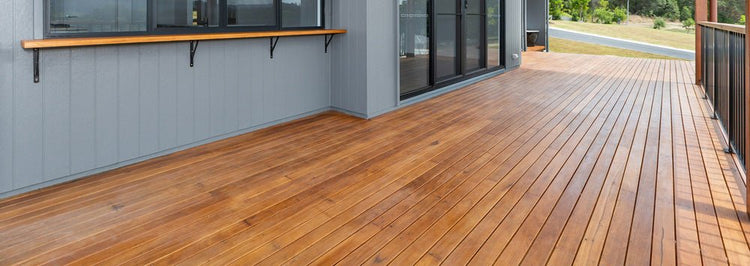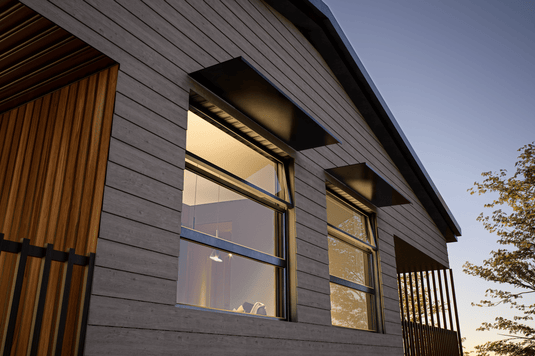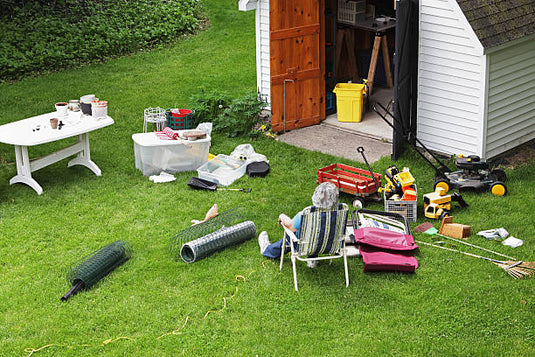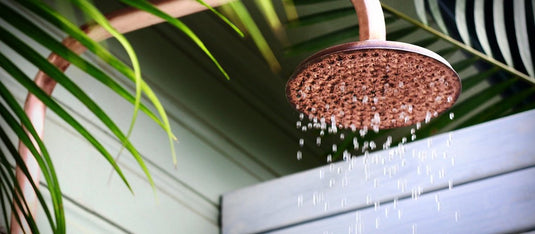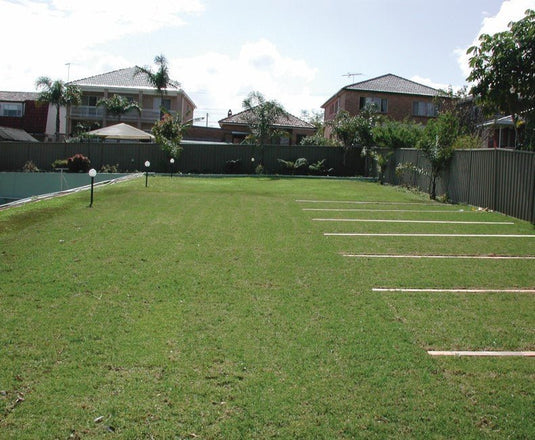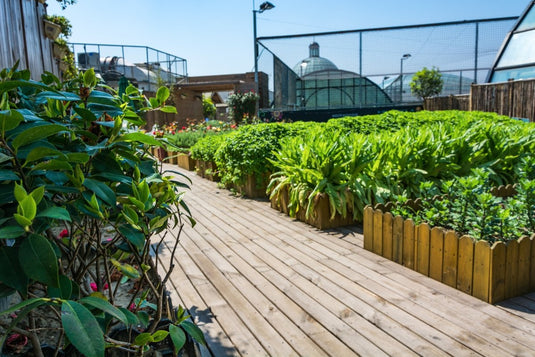Premium Hardwood Decking Timber Selection
Transform your outdoor living spaces with premium Australian hardwood decking timber from Eco Sustainable House. Our carefully curated timber decking collection showcases Australia's finest native hardwoods, each selected for exceptional durability, natural beauty, and superior performance in harsh outdoor conditions.
Excellent 4.81 | 69+ Customers
"A stunning and practical improvement to our house"
— David S.| Verified Buyer
Every timber deck solution we provide is sustainably sourced through the Future Forests initiative, where one tree is planted for every tree used — ensuring your investment supports environmental responsibility.
It’s simple. We plant a tree for every tree we use.
Eco Sustainable House is a proud supplier of reclaimed, recycled and sustainable architectural timber. Our vision for the future is one where our great grandchildren benefit from us planting trees.
Future Forest was born from this idea, what has followed is an initiative that has grown beyond our humble first intentions.
Blackbutt Timber Decking
A Class 1 durable hardwood featuring consistent golden brown tones that beautifully accept stains and oils. This above-ground timber is BAL-29 certified for bushfire-prone areas and features reversible decking boards, offering an extended lifespan and design flexibility.
Buy Blackbutt Now
Spotted Gum Timber Decking
Renowned for its stunning natural colour variation, ranging from pale greys to deep chocolates, this Class 1 hardwood features low tannin content and readily accepts finishing treatments. BAL-29 is rated with exceptional resistance to decay and termites.
Buy Spotted Gum Now
Mixed Red Ironbark Decking Timber
One of Australia's most formidable timber species, achieving Class 1 durability for both above-ground and in-ground applications. Its rich, deep red tones and superior density make it BAL-29 to BAL-40 certified, perfect for the most demanding decking projects.
Buy Ironbark Now
Jarrah Decking Timber
An iconic Western Australian hardwood displaying beautiful hues from light red through dark brown to dark brick red. This kiln-dried, fire-resistant timber achieves Class 2 durability above and in-ground, rated BAL-12.5 with the capability of attaining BAL-29 compliance.
Buy Jarrah Now
Why Choose Our Decking and Timber Solutions?
All our hardwood decking timber options feature reversible boards, allowing you to utilise both sides for versatile aesthetics and extended deck life. While many customers compare our quality to that of timber decking available at major retailers like Bunnings, our commitment to sustainable sourcing, fire-resistant properties, and premium-grade selection sets us apart.
Create an outdoor sanctuary that stands the test of time with Australian hardwood decking timber that combines natural resilience, timeless beauty, and environmental responsibility.
FAQs
What is the best timber for decking?
The best timber for decking depends on your specific needs, but Australian hardwoods consistently outperform other options. Spotted Gum, with a Janka hardness rating of 11.0 kN, offers excellent durability and is classified as a Class 1 hardwood with an expected lifespan of over 40 years.
Blackbutt is increasingly popular for decking across Australia, featuring strong fire resistance and is one of seven timber species suitable for bushfire-prone areas.
Ironbark stands among the world's hardest hardwoods with a Janka rating of 14.0 kN—approximately two and a half times harder than Spotted Gum—with an above-ground lifespan exceeding 40 years.
Jarrah timber is naturally resistant to weather, rot, termites and marine borers, making it highly durable for outdoor applications.
For most residential projects, Spotted Gum and Blackbutt offer the best balance of workability, durability, and value. Choose Ironbark or Jarrah when maximum longevity is essential.
All four species are sustainably sourced from managed Australian forests.
What are the Australian building standards for timber decking?
Australian timber decking must comply with the National Construction Code (NCC) and relevant Australian Standards to ensure safety, durability, and structural integrity.
National Construction Code (NCC): Sets minimum requirements for deck construction, including structural design to withstand dead loads (deck weight), live loads (people and furniture), and environmental loads (wind and weather). All materials must meet NCC durability standards.
Balustrade Requirements: Decks more than 1 metre above ground level require compliant balustrades at least 1 metre high. Balustrades on decks over 4 metres must be non-climbable with no horizontal elements between 150mm and 760mm that could serve as footholds.
Structural Standards - AS 1684: Specifies bearer and joist sizing, spacing, span limitations, and fixings for timber-framed construction. Ensures your deck safely supports expected loads without structural failure.
Termite Management: The NCC requires termite protection, especially in Brisbane and Queensland. Use naturally termite-resistant Class 1 hardwoods (Blackbutt, Spotted Gum, Ironbark, Jarrah) that don't need chemical treatment, and maintain adequate clearance for termite inspection.
Bushfire Requirements - AS 3959: Properties in bushfire-prone areas must use compliant decking materials. Blackbutt, Spotted Gum, Ironbark, and Jarrah all meet BAL-29 requirements, with Ironbark achieving BAL-40 for extreme bushfire zones.
What type of wood is best for decking?
Australian hardwoods represent the premium choice for decking timber:
Blackbutt – This hardwood showcases warm honey tones, features a Class 1 durability rating, and offers natural resistance to termites and decay. It regenerates easily, making it readily available and a sustainable plantation timber.
Spotted Gum – This dense hardwood displays stunning colour variations from pale grey to dark brown, has a Class 1 or 2 durability rating, and performs exceptionally well in coastal environments.
Ironbark – With a Janka rating of 14.0 kN, Ironbark offers Class 1 durability with an above-ground lifespan exceeding 40 years and an in-ground life over 25 years. It excels in high-traffic commercial applications.
Jarrah – This Western Australian hardwood is classified as a bushfire-resisting timber according to AS 3959-2009 and is extensively fire-tested for bushfire-prone construction. All four are Class 1 durability hardwoods, ensuring decades of performance. Choose based on your aesthetic preference, budget, and environmental conditions.
Is H3 or H4 better for decking?
H3 treatment is suitable for timber kept off the ground and exposed to weather conditions, commonly used for decking, fascia, and pergola posts above ground. H4 treatment is ideal for timber in ground contact or continually damp conditions, designed to minimise termite attack and resist decay.
For decking boards: H3 is the standard choice. H3-treated pine timber is recommended for deck construction as it resists moisture and is suitable for above-ground use. For structural posts: H4 is the minimum recommended treatment level for outdoor posts installed in-ground.
For Australian hardwoods (Blackbutt, Jarrah, Ironbark, Spotted Gum): Chemical treatment is unnecessary. Class 1 or 2 hardwoods are recommended for timber decking as these possess natural durability and termite resistance. These premium hardwoods have inherent biological resistance that exceeds the performance of H3- and H4-treated wood.
Use H3 for treated pine decking boards, H4 for in-ground supports, or choose premium Australian hardwoods that require no chemical treatment.
Use left/right arrows to navigate the slideshow or swipe left/right if using a mobile device
